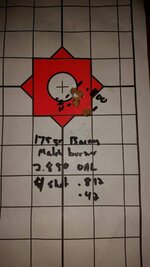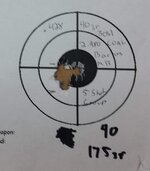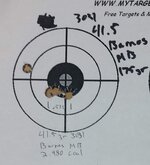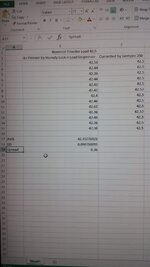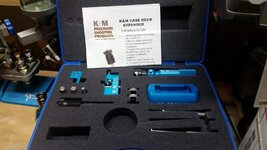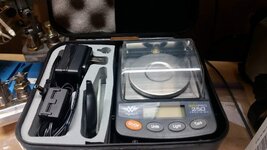- Messages
- 643
- Reactions
- 999
Thanks for your reply. I do have to clarify that this tool isn't a "necessary" item you need for rolling your own. The funny story about this tool, is I saw it at the local gunshop for a few weeks before I bought it. At the time I was doing some hunter class centerfire shoots with my 300wsm and it was like this tool kept calling my name. It didn't help any that the main guy kicking my azz by 1 X was using a .223 rem and kept heckling me and the fact I was using a "magnum" for such competitions. I needed that extra edge in the accuracy department and after reading about how concentric ammo helps reduce flyers and shrink groups, I figured this was the most opportune time to try this gadget out. I noticed a difference on my first batch of hand loads and it sold me from there on out. The guy at the club also saw something had changed too, after I started shooting more 100-9x and perfects. I also noticed that the long range accuracy had improved by using this device. Later that fall, I used this same 300wsm and load on a mule deer buck in the Deschutes canyons.
View attachment 348977
View attachment 348978
Like I said earlier, it's not "necessary", but does help to reduce flyers and produce a more consistently accurate load.
With .224 fmj's that were $86/1k with shipping I've got nickle sized groups at 100yrds, if I could shrink em down to the group you have I could rest easy but I will fully admit that my reloading is borderline OCD so to me anything that gets better goups is necessary.







